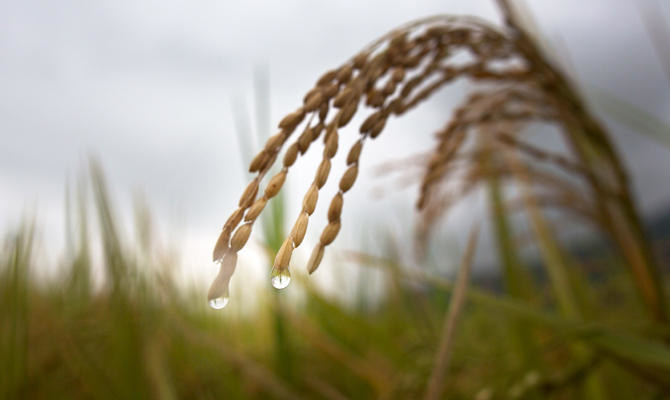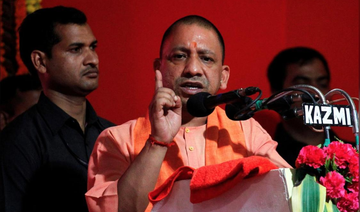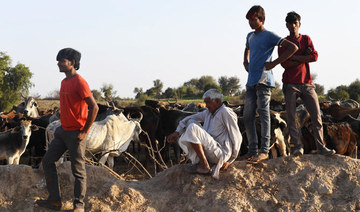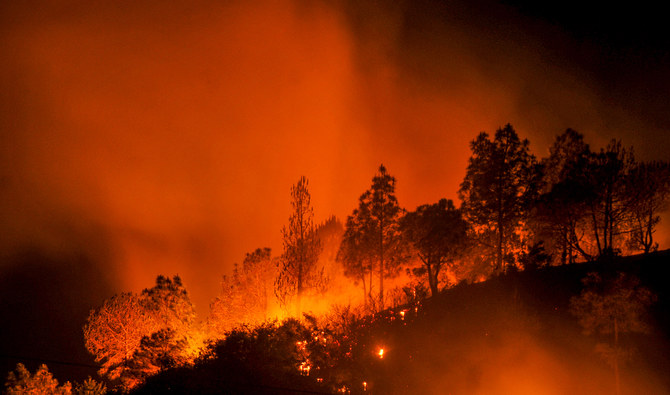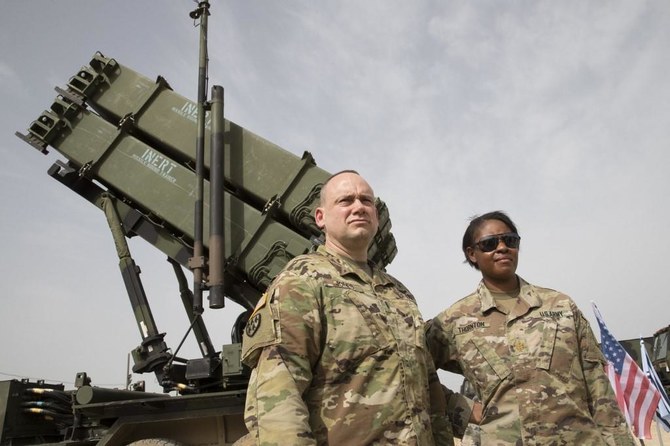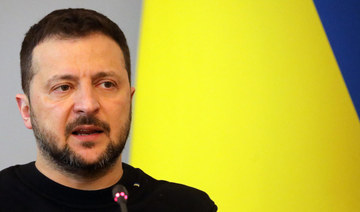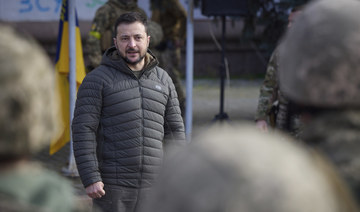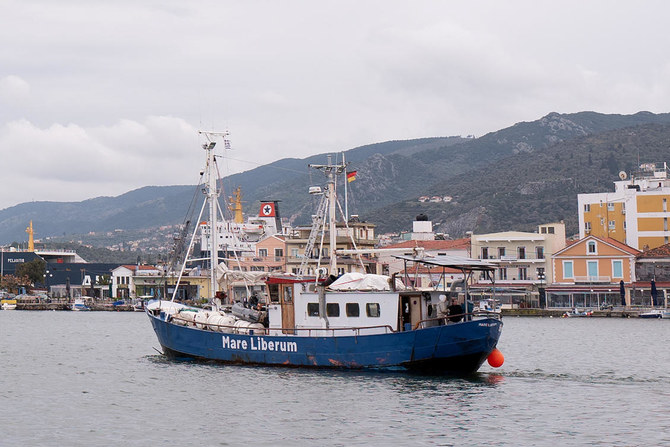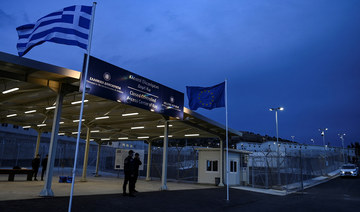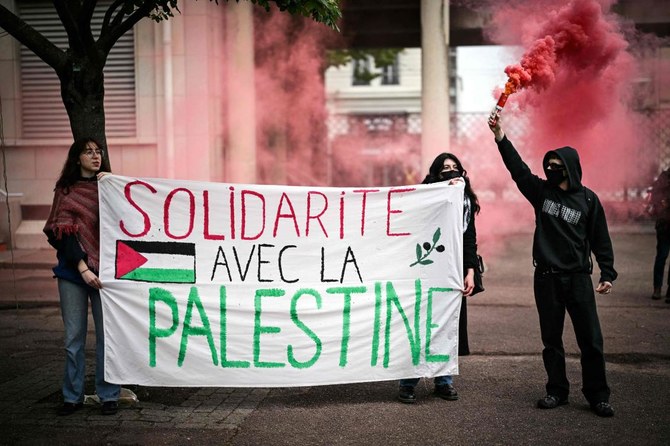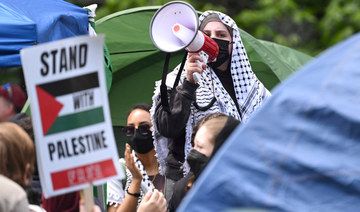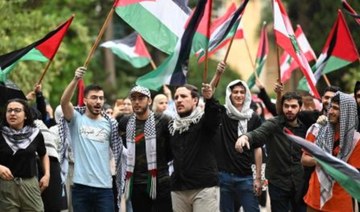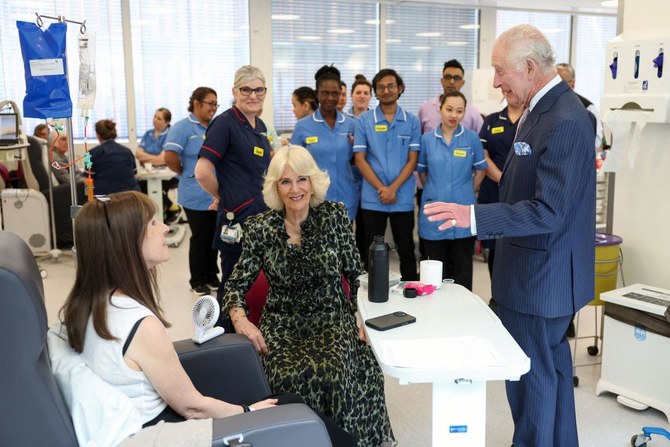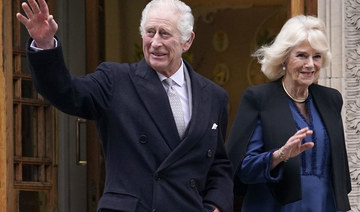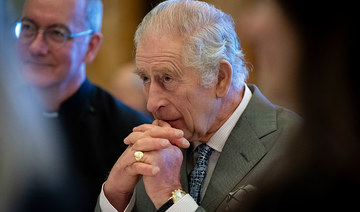NEW DELHI: India is likely to see average monsoon rains this year, the state-run weather office said on Monday, which should support agricultural production and economic growth in Asia’s third-biggest economy, where half of the farmland lacks irrigation.
Monsoon rainfall is expected to be 96 percent of the long-term average, M. Rajeevan, secretary at the Ministry of Earth Sciences, told a news conference.
The India Meteorological Department (IMD) defines average, or normal, rainfall as between 96 percent and 104 percent of a 50-year average of 89 centimeters for the entire four-month season beginning June.
“Overall, the country is expected to have well distributed rainfall scenario during the 2019 monsoon season, which will be beneficial to farmers in the country during the ensuing Kharif (summer-planting) season,” the IMD said in its forecast.
Skymet, the country’s only private weather forecasting agency, earlier this month forecast rainfall could be below normal this year.
Monsoon rains, the lifeblood for India’s farm-dependent $2.6 trillion economy, arrive on the southern tip of Kerala state around June 1 and retreat from the desert state of Rajasthan by September.
After a wet spell, sowing of summer-sown crops gets off to a strong start, boosting crop yields and output which in turn raises rural incomes and usually lifts consumer spending in India.
If plentiful monsoon rains lift agricultural production this year, that could keep food prices under control. Subdued overall inflation could also add to pressure on India’s central bank to cut interest rates.
“IMD’s prelim forecast, showing near-normal and well distributed rainfall, will bode well for near-term food inflation,” said Madhavi Arora, lead economist at Edelweiss Securities, FX and Rates.
The next policy review by India’s central bank is scheduled for June 6, after the country’s election. Millions of Indians are casting their votes in a mammoth general election, spread over seven weeks.
On the downside, higher production could mean farmers continue to get hit by low crop prices, a major cause for concern in rural India, where most Indians live, in the past two years.
After falling for five straight months, retail food prices in India rose 0.30 percent in March from a year earlier.
Last month, a senior IMD official told Reuters that this year’s monsoon was likely to be robust and healthy provided there wasn’t a surprise El Nino phenomenon.
“El Nino is weakening and we expect that El Nino will get weakened further. There is no reason to be worried about El Nino,” Rajeevan said.
A strong El Nino, marked by a warming of the sea surface on the Pacific Ocean, can cause severe drought in Australia, Southeast Asia and India, while drenching other parts of the world such as the US Midwest and Brazil in rains.
The emergence of a strong El Nino triggered back-to-back droughts in 2014 and 2015, for only the fourth time in over a century, driving some Indian farmers to penury and suicide.
ECONOMIC GROWTH
Good rains will spur the planting of crops such as rice, corn, cane, cotton and soybeans.
Stronger agricultural production would help support India’s economy. It is still the world’s fastest-growing major economy, but annual growth slowed to 6.6 percent in the December quarter, from 7.0 percent in the previous period and the slowest in five quarters.
The monsoon usually covers the half of the country in the first 15 days. The rains reach central India’s soybean areas by the third week of June and western cotton-growing areas by the first week of July.
India’s weather office will update its forecast in the first week of June.
However, on average, the IMD has forecast accurately only once every five years over the past two decades, even after taking into account an error band of plus or minus 5 percentage points.



